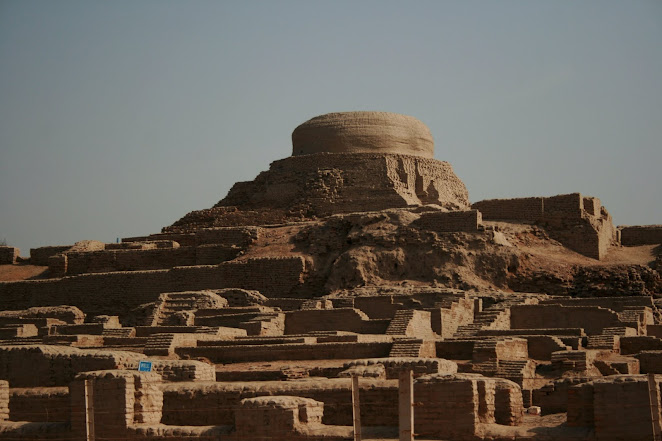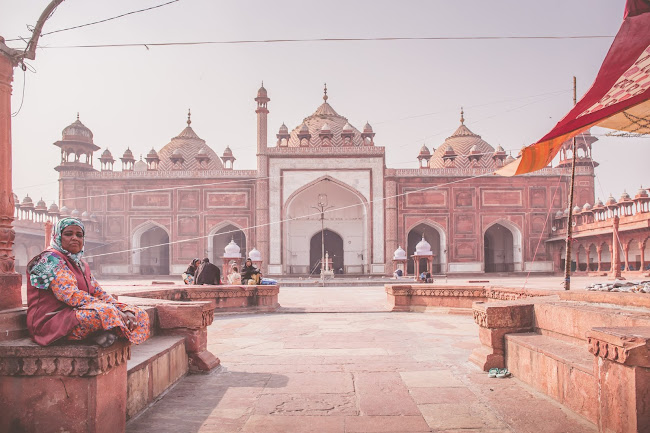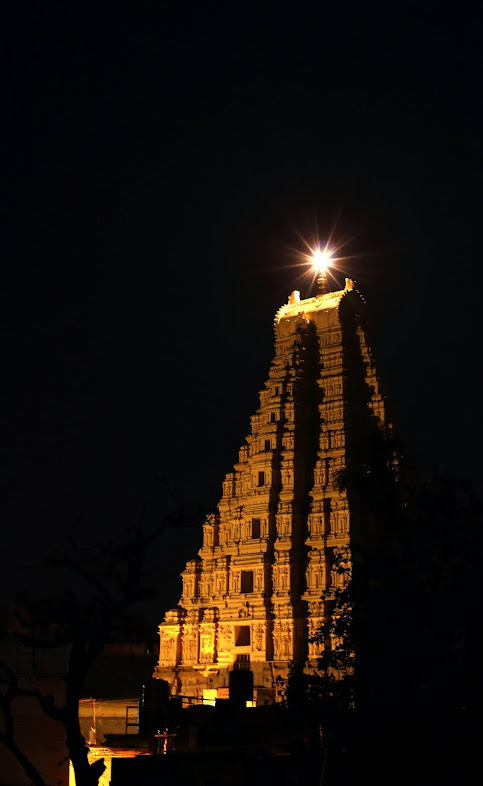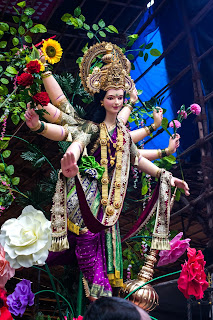Indian Constitution at the Time Of 1947 - How was it Made
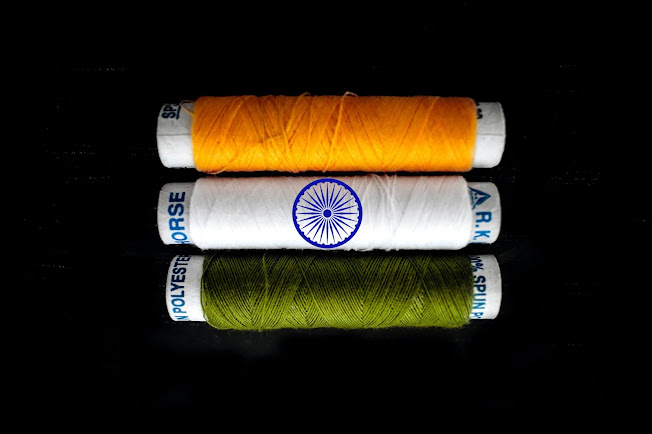
The Indian constitution was adopted on 26th November 1949 by the constituent assembly, many of us have this questions like ; Was there any document before 1947? How did the first Prime Minister(PM) of India take Oath Then? When India wasn't partitioned there was a formal Constitution made by the Constituent Assembly which has been elected for "Undivided India". The first meeting was held on 09-December-1946 and then on 14-August-1947, it was reassembled as Constituent Assembly for " Divided India" . The Constituent Assembly members were elected by an Indirect Election by the members of the Provincial Legislative Assembly, which was established under the Government Of India Act - 1935. The assembly was composed roughly along the lines suggested by the plan proposed by the committee of the British cabinet, known as "Cabinet Mission" Plans Of Cabinet Mission According to the Cabinet Mission plan: Each province and each princely state or group of states ...
